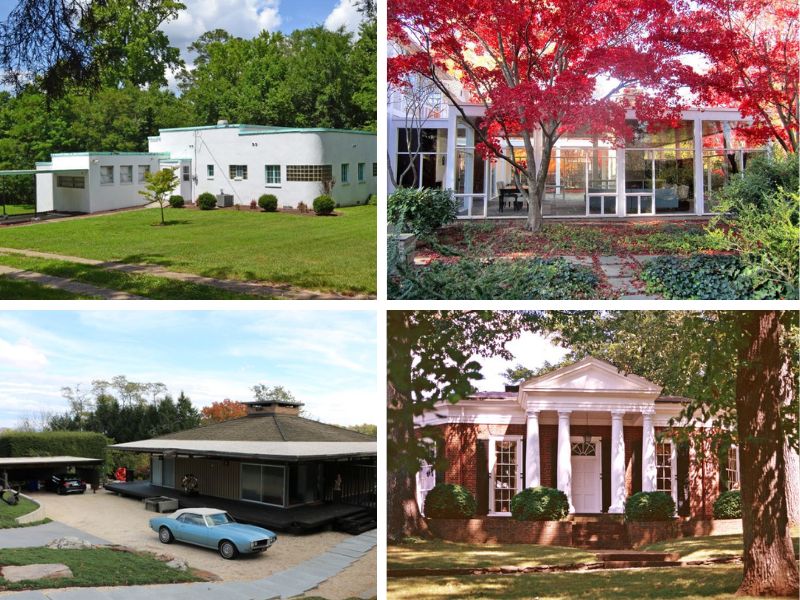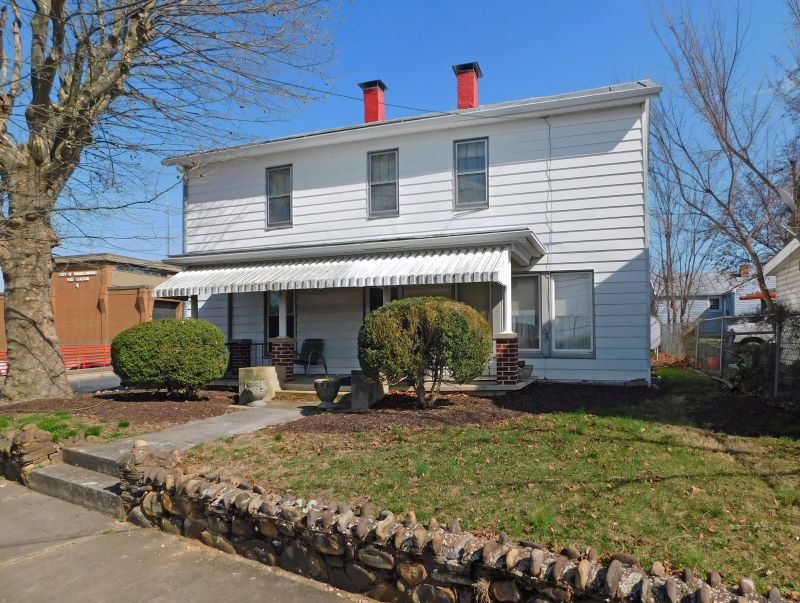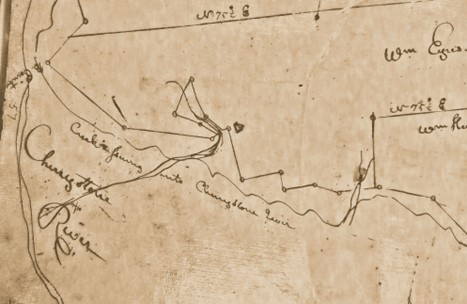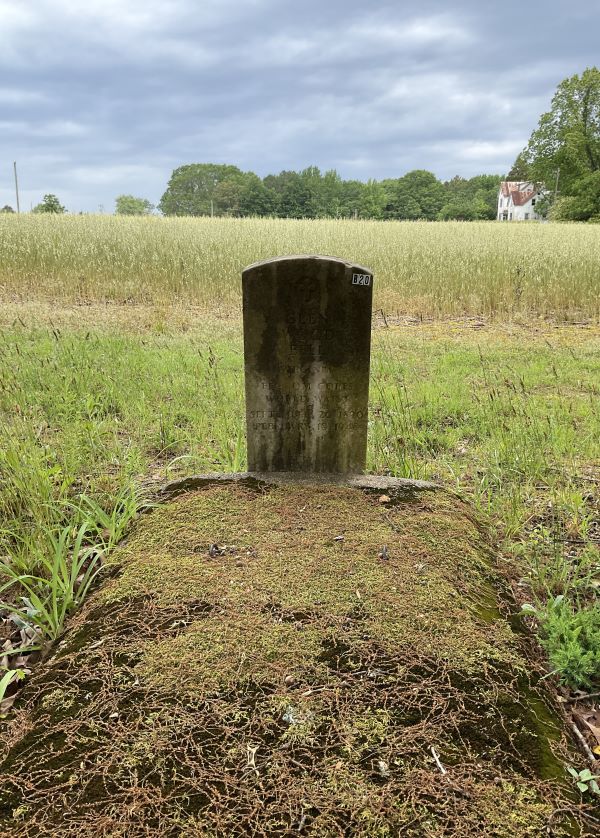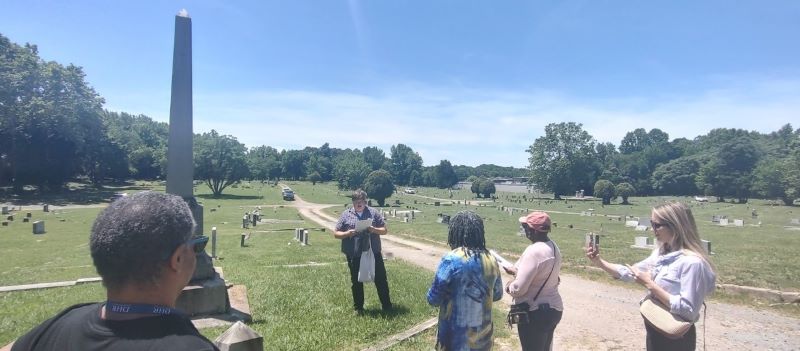Tax Credit Project Profile: Price's Fork Elementary School
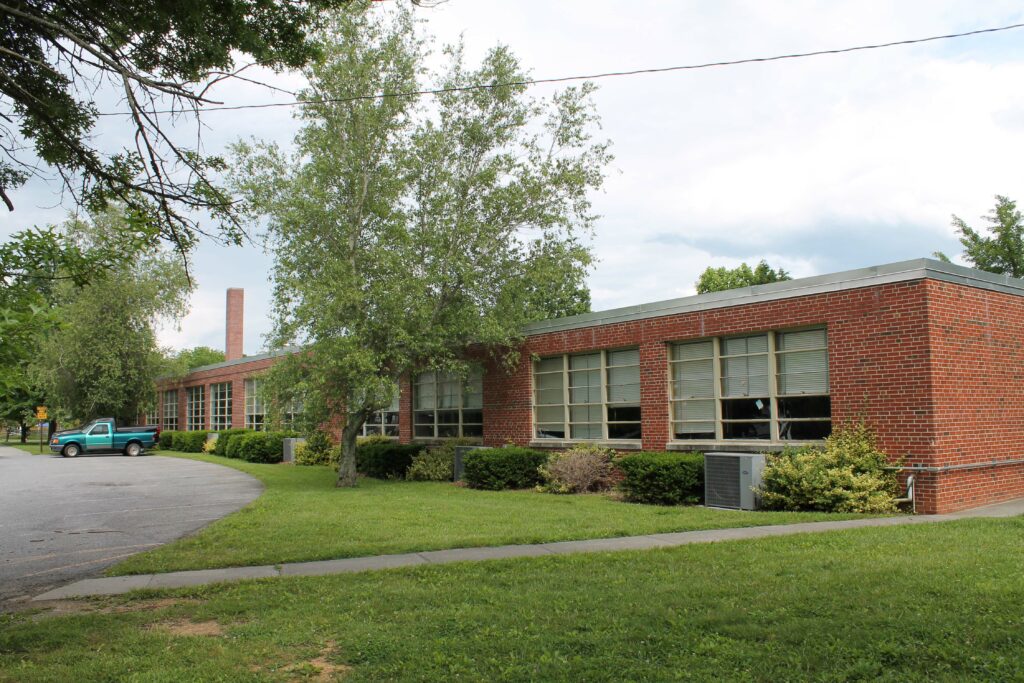
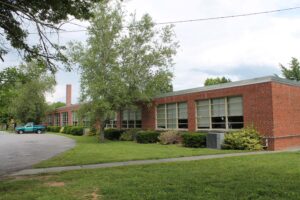
Built in 1950 during an era of consolidation and modernization of Virginia’s public schools, Price’s Fork Elementary School served its rural namesake community as well as surrounding northwestern Montgomery County. The building exemplifies mid-20th century standardized plans for public school architecture. It exhibits a streamlined Moderne design characterized by its flat roof, bands of windows, and sprawling floor plan.
After Montgomery County closed the school in 2012, a vision for re-purposing it and retaining it as a community resource became the mission of current owner Joe Fortier. Through the application of state and federal tax credits, the historic school building has been rehabilitated and continues to support its community with residential units, classroom spaces, a restaurant in the former gym, and a brewery in a 1960s addition. The school retained much of its historic fabric when the county closed it, and those character-defining elements remain throughout the rehabilitated spaces. Former students would recognize the historic plan and corridors with glazed tile wainscot and historic chalkboards, trim, and closets within the classrooms.
“The Virginia rehabilitation tax credits,” Mr. Fortier says, “played a vital part in saving the old Price’s Fork Elementary School, which is, quite literally, the center and heart of Price’s Fork village.” The school’s centrality to the village as well as its historic integrity made it eligible to be listed (along with two nearby houses) as a contributing building in an expanded Price’s Fork Historic District in 2014. (The original district was listed on the Virginia Landmarks Register in 1989 and on the National Register of Historic Places in 1991.)
“With DHR’s help,” Mr. Fortier adds, “we have been able to attract ten investors and over 1.6 million dollars in investment capital, without which, this project simply could not have been done. There are 16 apartments for seniors at very reasonable rents, ten of which are reserved for low-to-moderate incomes. This project has also enabled an additional 16 units of much needed housing for working families to be built next door and enabled the potential for 50 more units in the future.”
“The project,” according to Mr. Fortier, “has spurred Montgomery County to undertake a major improvement to Price’s Fork Road, providing much needed road widening and traffic improvement. It has also made possible a shared-use kitchen to provide services to food banks, farmers, and business startups. It contains two new businesses—a local brewpub, and a restaurant, and is scheduled to provide over 50 new jobs to the community.”
Because of the Virginia rehabilitation tax credit program, coupled with the federal program, “We have been able to take a building, vacant for five years, and convert it back into a vibrant community center that will serve Price’s Fork village and Montgomery County for the years to come.”

